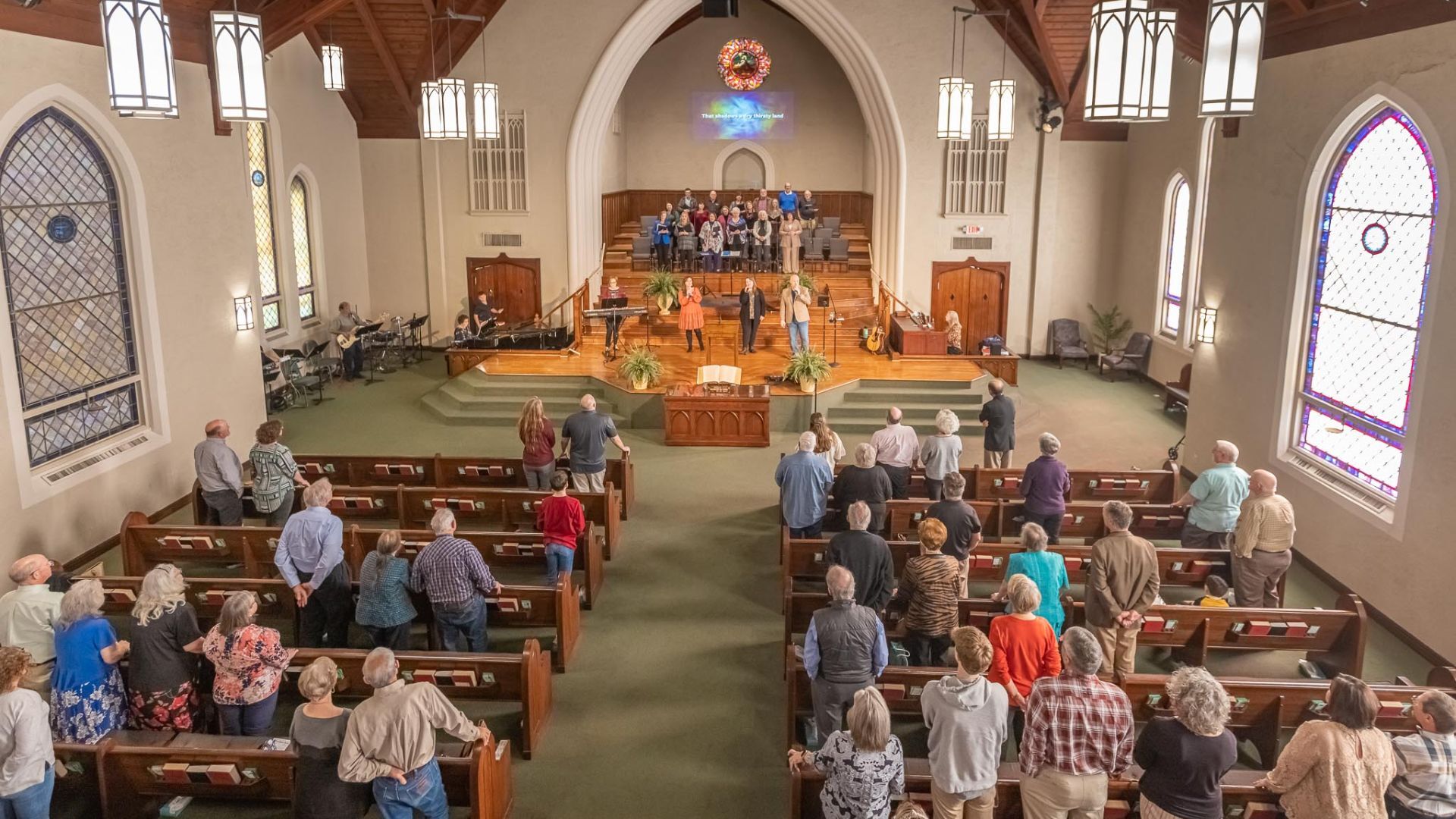The Three Dimensions of Church Growth: Going Beyond Numbers
There is a common misconception in the world of religious establishments: a successful church is often equated with a packed congregation. Yet for any church staff keen on fostering comprehensive growth, it's essential to understand the three critical dimensions of growth: numerical, spiritual, and financial.
Numerical Growth — A Matter of Quantity
Having a numerical target is an understandable goal for many churches. After all, a rising congregation reflects a church's appeal and connection with its community. However, collecting a crowd does not always signify growth in a church. True growth is about depth rather than width.
Spiritual Growth — A Matter of Quality
In contrast to mere numerical expansion, churches should focus on spiritual growth — the depth of their congregation's faith and commitment. This kind of growth is less quantifiable but no less significant. Virtually invisible, this depth can only be observed through the consistent biblical understanding and application by church members.
Essentially, for spiritual growth, practices like faith development sessions, immersion in personal and small group bible studies, and nurturing personal faith all help in fostering a spiritually prosperous congregation.
Financial Growth — A Matter of Resources Management
While money can't buy spiritual growth, it can undeniably facilitate better infrastructure and resources for a church congregation. These resources can then be dedicated to spiritual development activities and community engagement. However, keep in mind that increased resources should be directed towards investing in people rather than merely enlarging the church's financial prosperity.
Balancing All Three Dimensions
Effectively balancing numerical, spiritual, and financial growth is the key to fostering a growing church. Having enormous financial resources and a large congregation might seem successful. Yet, if these are not paired with a deep and mature spiritual grounding, the church's growth lacks balance.
As encapsulated in Acts 2:41, the early church saw an increase of 3,000 believers in a single day. Undeniably a numerical triumph, it was, crucially, also a testament to successful spiritual and community engagement — the church was running on all cylinders.
A Call for Reflection
If you find yourself dispirited because your church isn't growing in numbers, take a moment to widen your perspective. Look beyond attendance figures. Consider spiritual growth and financial health. There might be growth happening, just under a different dimension.
Gauging success in ministry is never about numbers alone but the depth of spiritual maturity and how finances are leveraged for service.
To listen to more on this topic, tune in to today's Healthy Church Staff Podcast episode and let's delve deeper into fostering balanced church growth together.





